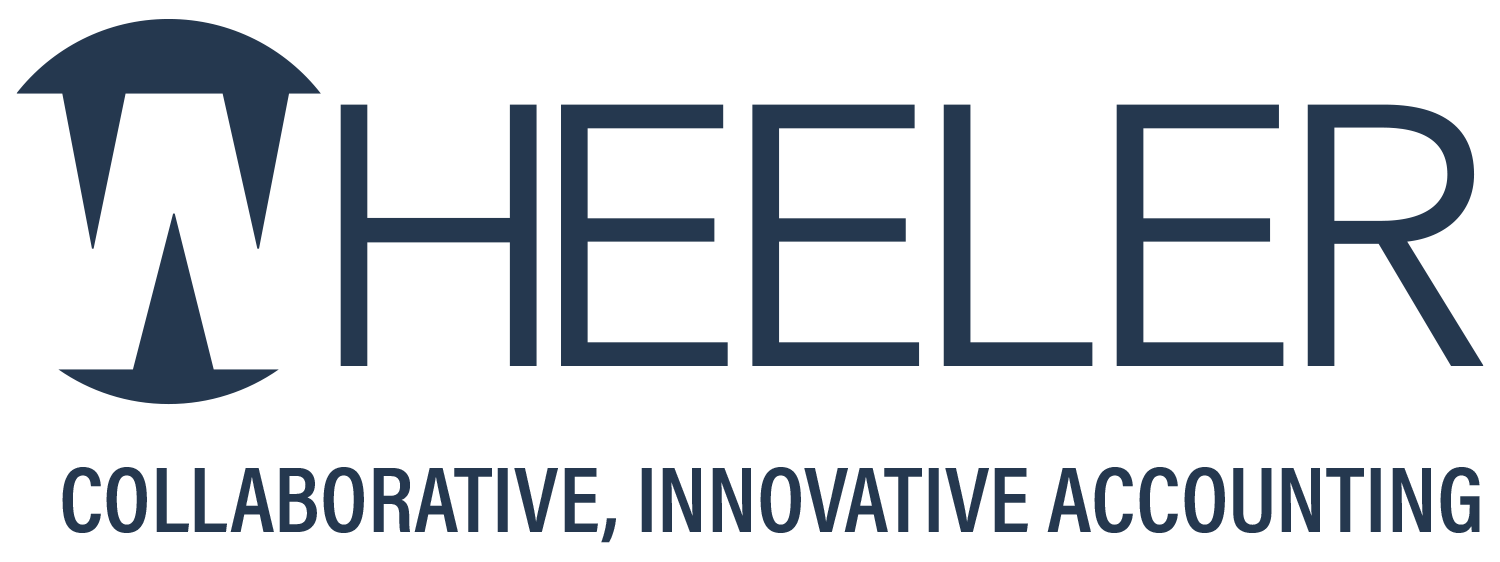On Wednesday, March 3, 2021, the U.S. Small Business Administration (SBA) issued a revised Paycheck Protection Program (PPP) Interim Final Rule (IFR) on loan amount calculations and eligibility. The 32-page document details new rules which allow self-employed individuals who file Form 1040, Schedule C, Profit or Loss From Business, to elect to calculate the owner compensation share of its payroll costs based on either net profit (as reported on line 31 of Schedule C) or gross income (as reported on line 7 of Schedule C). For a vast majority of self-employed individuals using net profit on their Schedule C, will result in a larger loan amount.
Note that this is not retroactive. The SBA and Treasury have ruled that borrowers whose PPP loans already have been approved cannot increase their loan amount based on the new methodology. If you have yet to be approved for a PPP first- or second-draw loan in the current $284.5 billion phase of the program, you will be eligible to apply using gross profit.
If a Schedule C filer has employees, the owner compensation portion of payroll costs may be calculated based on either net profit or gross income minus expenses reported on lines 14 (employee benefit programs), 19 (pension and profit-sharing plans), and 26 (wages (less employment credits)) of Schedule C.
If approved for a loan as a Schedule C filer, borrowers may use their PPP proceeds to cover the following:
- Owner Compensation (if net profit is used) or Proprietor Expenses (business expenses plus owner compensation if gross income used)
- Employee Payroll Costs
- Mortgage Interest Payments
- Business Rent Payments
- Business Utility Payments (for borrowers entitled to claim a deduction for such expenses on their 2019 or 2020 Schedule C, depending on which one was used to calculate the loan amount)
- Interest Payments on any other debt incurred before Feb. 15, 2020 (these are not eligible for PPP loan forgiveness)
- Covered operations expenditures, as defined in Section 7A(a) of the Small Business Act, to the extent they are deductible on Schedule C
- Covered property damage costs, as defined in Section 7A(a) of the Small Business Act, to the extent they are deductible on Schedule C
- Covered supplier costs, as defined in Section 7A(a) of the Small Business Act, to the extent they are deductible on Schedule C
- Covered worker protection expenditures, as defined in Section 7A(a) of the Small Business Act, to the extent they are deductible on Schedule C
The IFR updated eligibility rules to remove restrictions that have prevented PPP loans from being granted to small business owners with prior nonfraud felony convictions or who are delinquent or in default on federal student loan payments. These changes are reflected on the updated PPP borrower forms for first and second draws.
Schedule C filers that report over $150,000 in gross income to calculate their first-draw PPP loan will not be able to claim the safe harbor provided for borrowers that, together with their affiliates, received PPP loans of less than $2 million. This is to mitigate the risk of fraud. The SBA said it is eliminating the safe harbor for these borrowers because they may be more likely to have other available funds to support their business’s operations than Schedule C filers with lower gross income.
The SBA will additionally review a sample of the population of first draw PPP loans made to Schedule C filers with gross income exceeding the $150,000 threshold. The review will assess whether these borrowers complied with all PPP eligibility criteria, including the good faith loan necessity certification.
The SBA guidance and forms release came a day after the AICPA called on Congress to extend the PPP application period by at least 60 days due to ongoing process delays and the need for time to implement the promised loan calculation guidance. No extension has been provided as of the date of this article.
The SBA also released an updated set of FAQs and six updated or new application forms:
- Updated PPP borrower first-draw (Form 2483) and second-draw (Form 2483-SD) application forms.
- New PPP first-draw (Form 2483-C) and second-draw (Form 2483-SD-C) borrower application forms for Schedule C filers using gross income.
- A revised lender application form for PPP loan guaranty (Form 2484)
- A revised PPP second-draw lender application form (2484-SD)
Wheeler Accountants is here to support businesses and nonprofits navigate the various credits and loans available in the latest round of stimulus to maximize all opportunities in these uncertain times. Please contact your preparer or the PPP team at ppp@wheelercpa.com for assistance with a PPP loan application.
